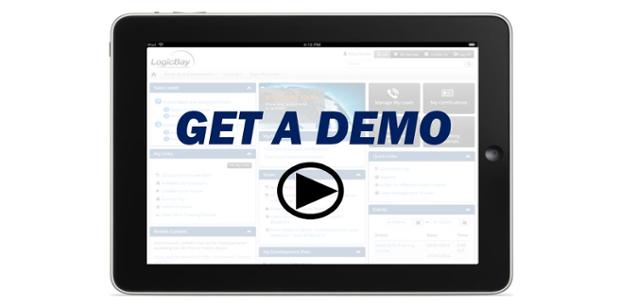In the last couple blogs, we've taken a look at the past and future of marketing as it relates to indirect-sales focused organizations. The short version is outbound 'push' marketing is out, while inbound and visually-based outreach is in. As we discussed in those blogs, there are simply too many demographic trends and shifts in buyer behavior to ignore, and companies surveyed about their future sales and marketing choices are fairly united in seeing this shift taking place.
Today, we're going to get a bit more practical. If you're responsible for managing sales partners or developing marketing initiatives for your indirect-sales program, we have compiled seven key steps to follow.
We have not listed them in any particular order, but we feel they are all important in their ability to help you improve partner engagement and sales effectiveness in the channel.
1 – Get Social
Along with the rise of visual outreach, the other big way marketing in the 21st Century is changing is the use of social media for building awareness, lead-generation, and post-sales communication. You probably have social accounts on the major services, and so should your sales partners, but using them effectively is another story. Digital marketing through these channels is proving to be more effective, yet many of your channel partners don't have the means to run effective campaigns on their own. There are a wealth of resources out there which provide best practices, but it's no surprise that your strategy should be rooted in having a plan which outline your goals and objectives. Share this plan with your partners and leverage their networks to help you achieve these objectives. A recent article from Small Business Trends summarized this nicely.
2 – Standardize Your Prospecting and Lead-Building
Leaving lead-building up to your partners to handle entirely by themselves isn't a viable practice any more. This can lead to big inefficiencies and under-performing partners, if some aren't as skilled as others in lead-building. It can also degrade the buyer experience. As buying behavior changes, it is increasingly important to present unified experience for buyers.
Creating a single, standardized system for gathering, evaluating, and tracking leads all the way through the channel will greatly increase efficiency while providing increased visibility into which partners are the most effective.
3 – Create a Roadmap to Improved Sales & Marketing Alignment
In a modern sales environment, the Sales and Marketing Departments simply cannot be kept at arm's length or, even worse, competing with each other for resources. They should be viewed as two sides of the same coin, with policies in place to encourage their collaboration and partnership. The bottom line is that anything you can do to increase synergy between sales and marketing will pay off in the long run with better campaigns and more effective buyer interactions.
READ MORE: CSO's 2016 Guide to Increasing Channel Partner Sales4 – Reduce or Eliminate “Cold” Outbound Strategies
We've hammered on this point, so no need to belabor it. Virtually any targeted or inbound marketing venture will be more effective, and usually less expensive, than “cold” calls/emails to largely disinterested buyers. This is one 20th Century marketing technique that should be left in the past.
5 – Research Your Buyers' Communication Habits and Adapt your Strategies to Suit Them
We'll talk about this in more depth in a future blog, but the short version is that there are so many potential communications outlets and outreach media types available that a shotgun approach will be costly and counter-productive. Do your own research, but encourage your sales partners to contribute as well. It's likely their sales staff will have a lot of insight into how your buyers prefer to communicate and which electronic outlets they favor. There is a wealth of data available through various ad and marketing platforms. Use that data to your advantage by regularly evaluating what's working and what's not.
6 – Improve your Sales Enablement Processes
If there's one challenge to sales which is even more problematic than uneducated buyers, it's uneducated sellers. The days where sales staff could get by on their ability to schmooze and fast-talk are rapidly going away. Buyers expect well-educated and honest salespeople, and will react badly if they think they're being buffaloed. Having standardized training process to enable partner sales reps with the information they need to sell your products and services will go a long way towards ensuring your partners' ground-level sales staff are closing more business.
7 – Utilize Technology to Make it Easier for your Partners to do Business
No single tool is more vital for improving the cost-effectiveness of sales and marketing initiatives than a software suite capable of centralizing and standardizing most areas of the process. With the right software in place, you can:
- Have one single software database shared between all levels of sales and marketing
- Track every lead and customer, their 'touches' with representatives, and their overall experience
- Compile data on every sales\marketing venture and its effectiveness
- Find actionable insights on how to further increase the cost-effectiveness of your efforts
- Share marketing and technical materials throughout the ecosystem
- Centralize your training and testing to ensure compliance by every partner
- Make your partners' lives much easier by having a single access portal
To learn more about how Partner Relationship Management software can improve the effectiveness of your sales channel, contact LogicBay today for a free personalized demonstration.

